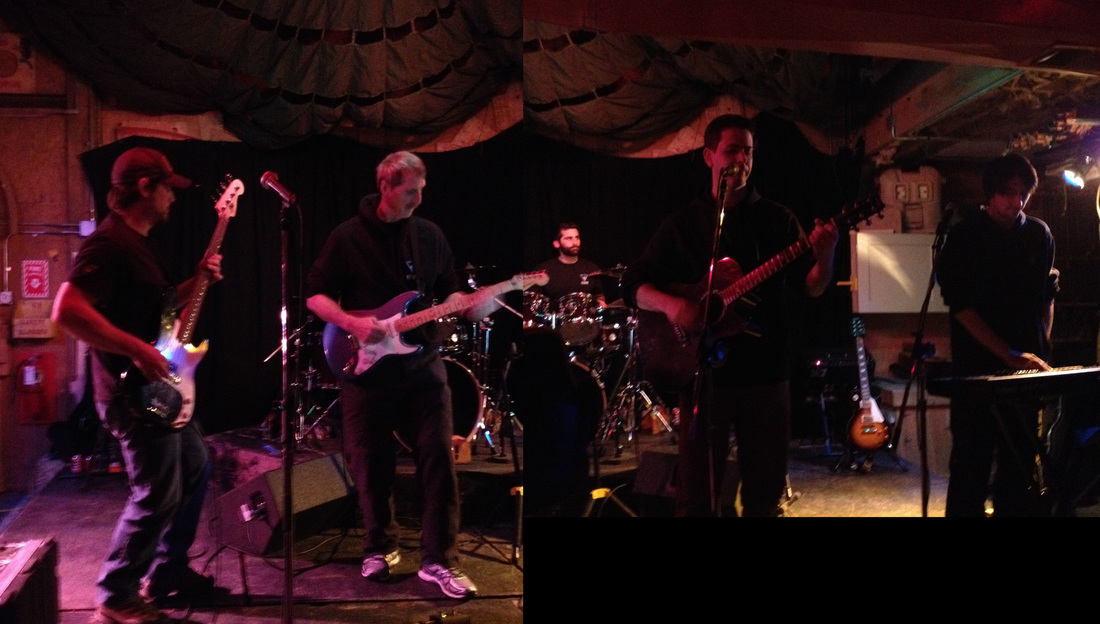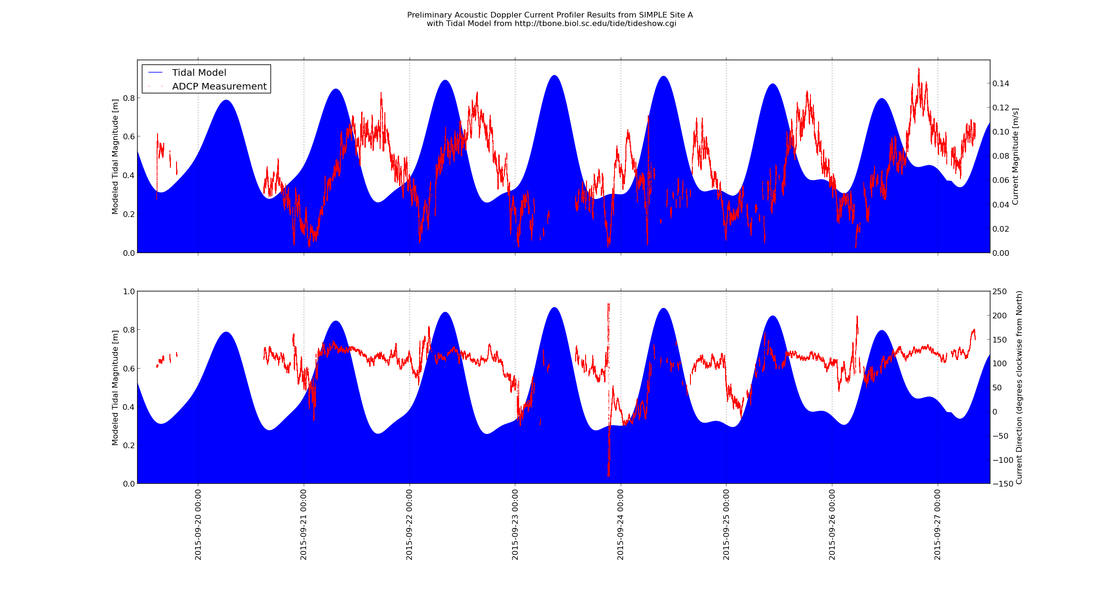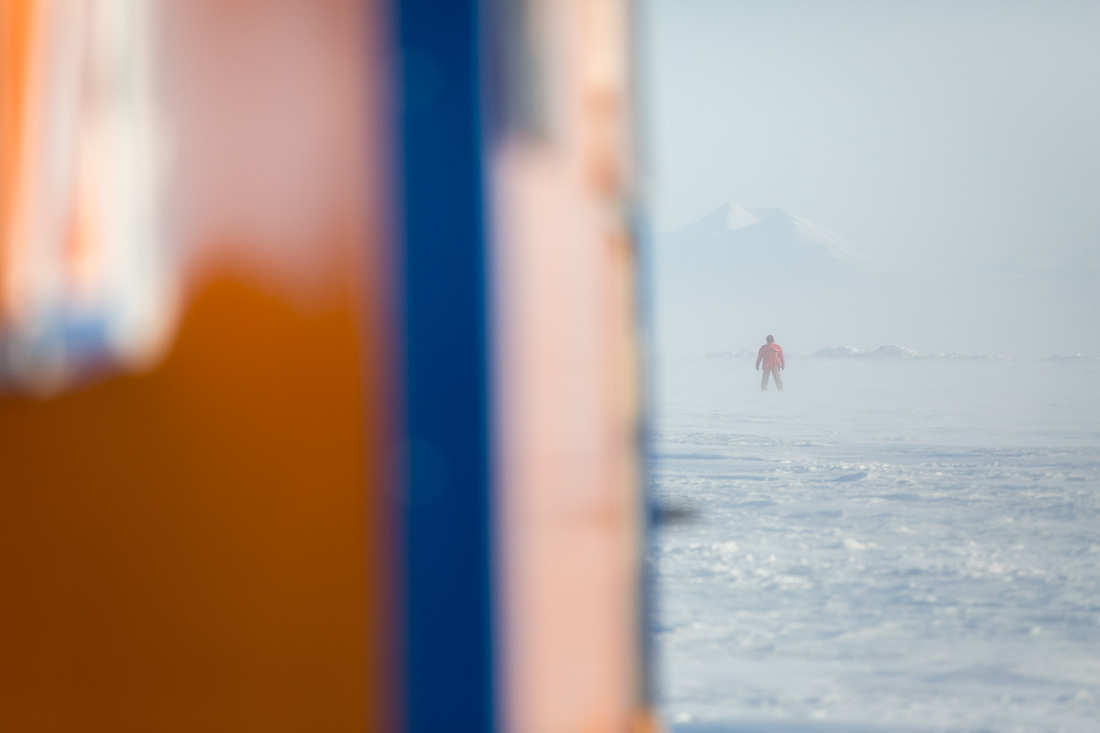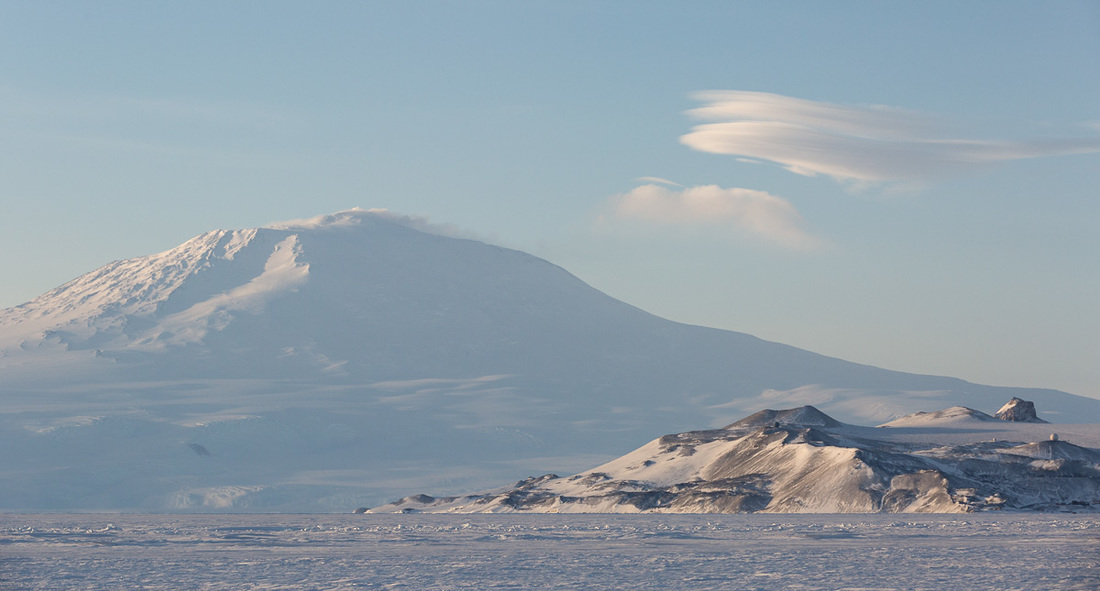Rocking The Carp Shop Party

Front row view of The McMurdo Sound rocking live in our first ever gig at the end-of-winfly Carp Shop Party. (photos: Britney Schmidt)
Last Saturday, we played our first ever live gig at the end-of-winfly Carp Shop Party. John came up with our band name: The McMurdo Sound. Geographically, the McMurdo Sound is the region of water separating Ross Island from the Antarctic continent to the west. For a station rock band, the double meaning is fantastic, and were thrilled to confirm with a veteran music legend here that the name has never been used before.
Left-to-right in the photos above, the McMurdo Sound consists of: John – Bass Guitar; Bill – Lead Guitar; Justin – Drums; Peter – Rhythm Guitar & Lead Vocals – Chris: Keyboard & Vocals.
Our set list for the Carp Shop Party was:
- Stray Cat Strut
- You’ll Never Leave Harlan Alive
- White Wedding
- Comfortably Numb
- House of the Rising Sun*
- Tribute
*John and I completely switch roles for House of the Rising Sun, and John sounds excellent on the vocals.
History is determined by those who write it, so I’ll report here that we were totally awesome and that the crowd loved us at the Carp Shop Party. We definitely had an amazing time, and we’re grateful to the Carpenters for letting us play along with some really impressive bands at the party.
Reporting by Peter Kimball



